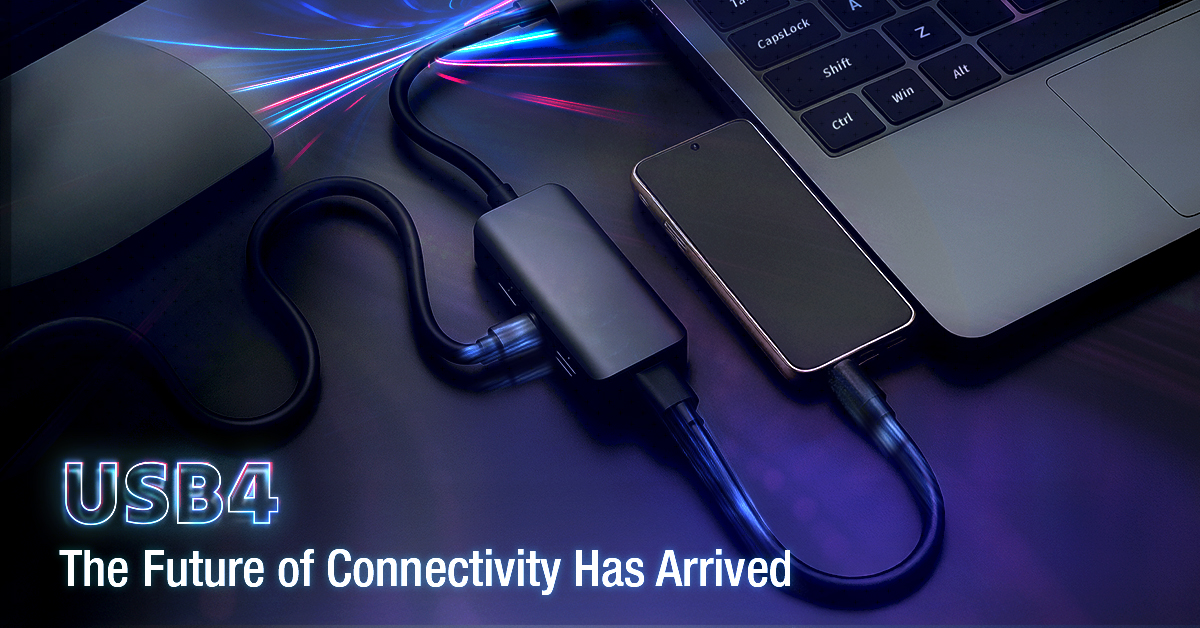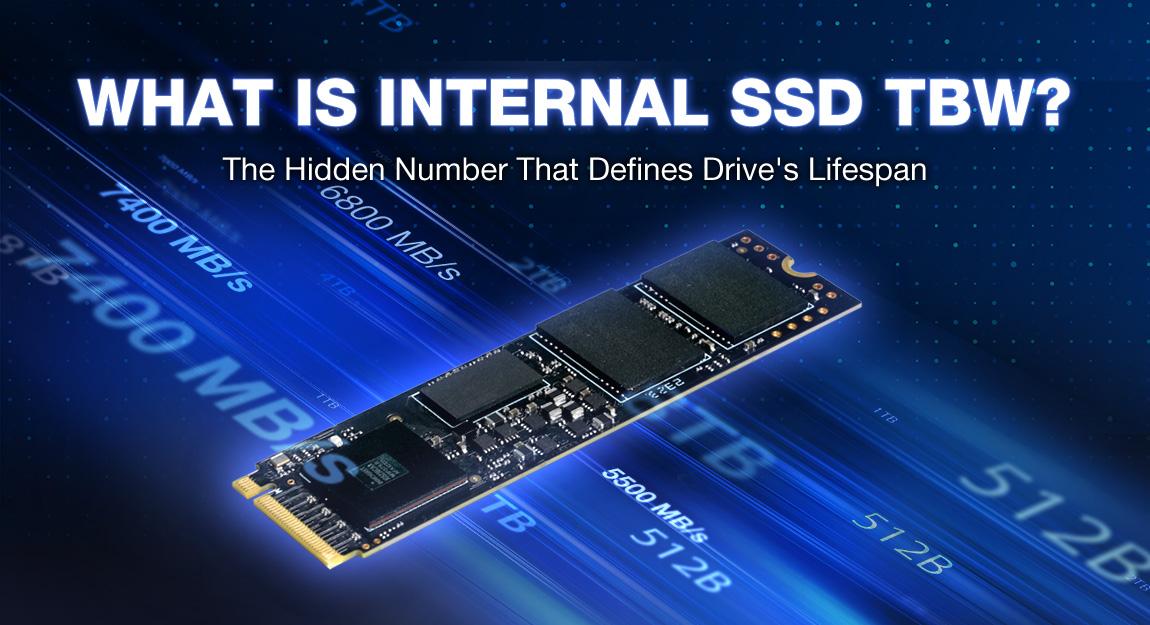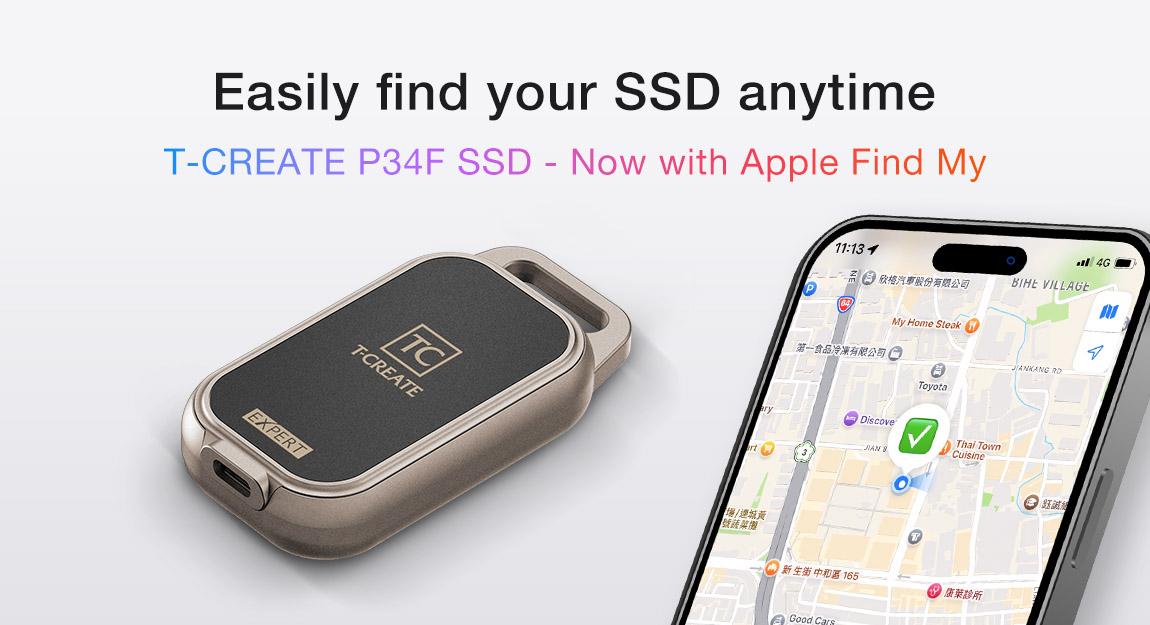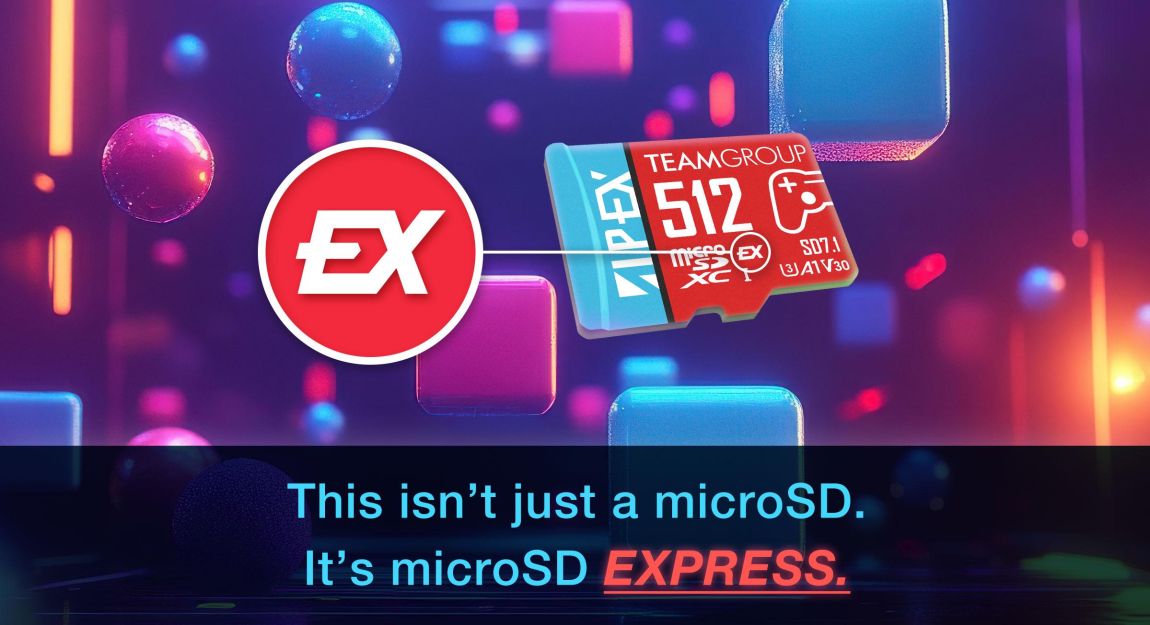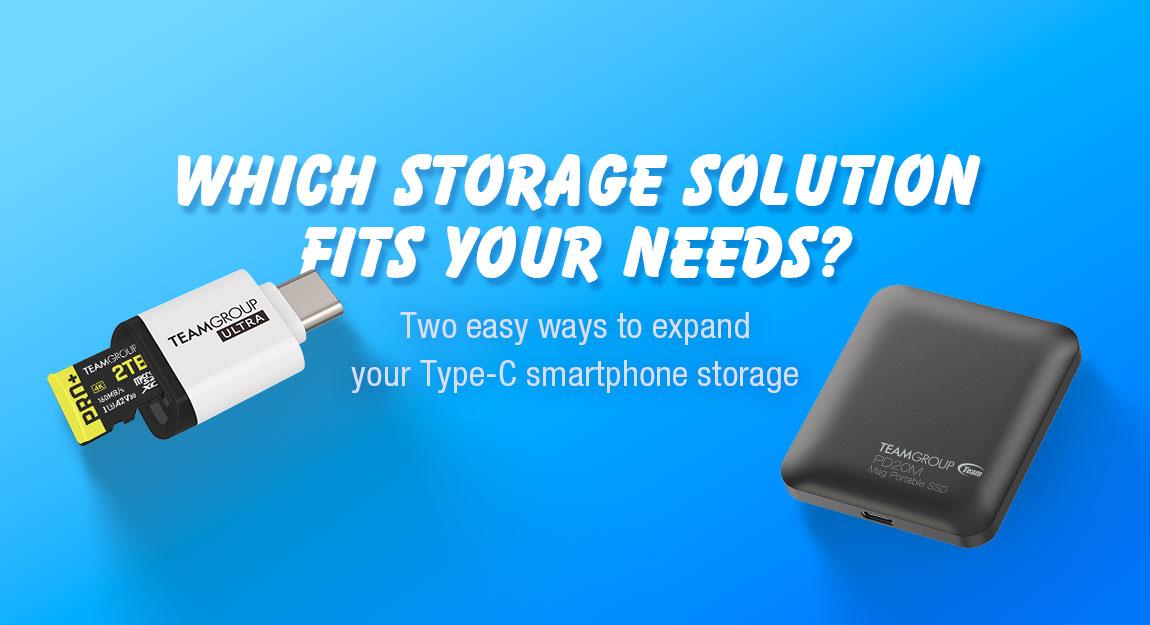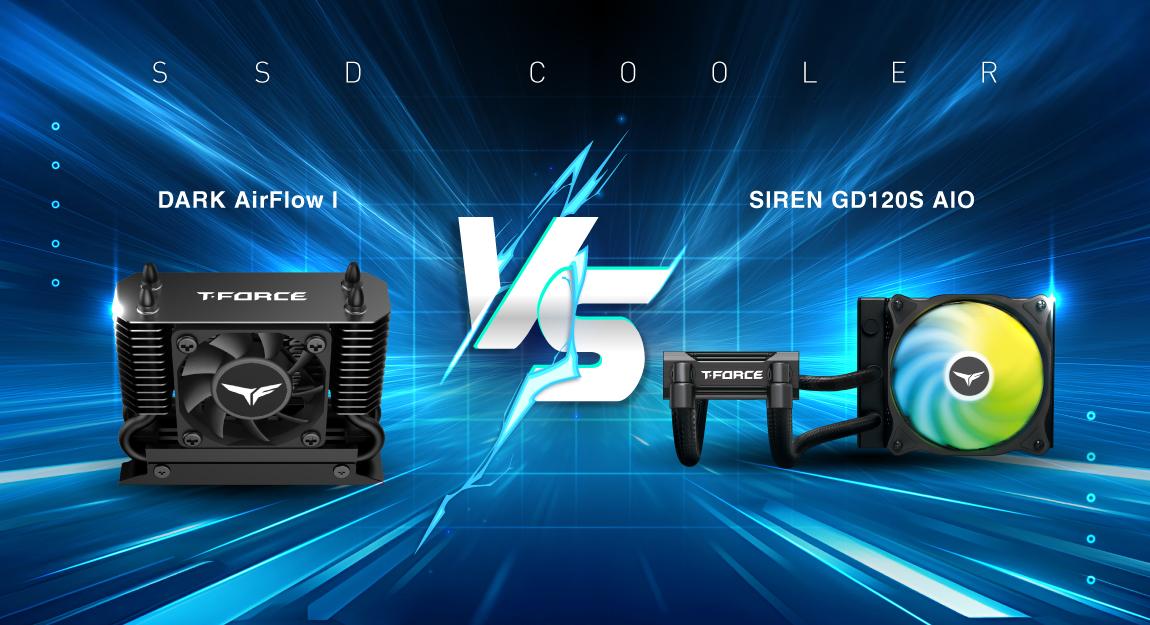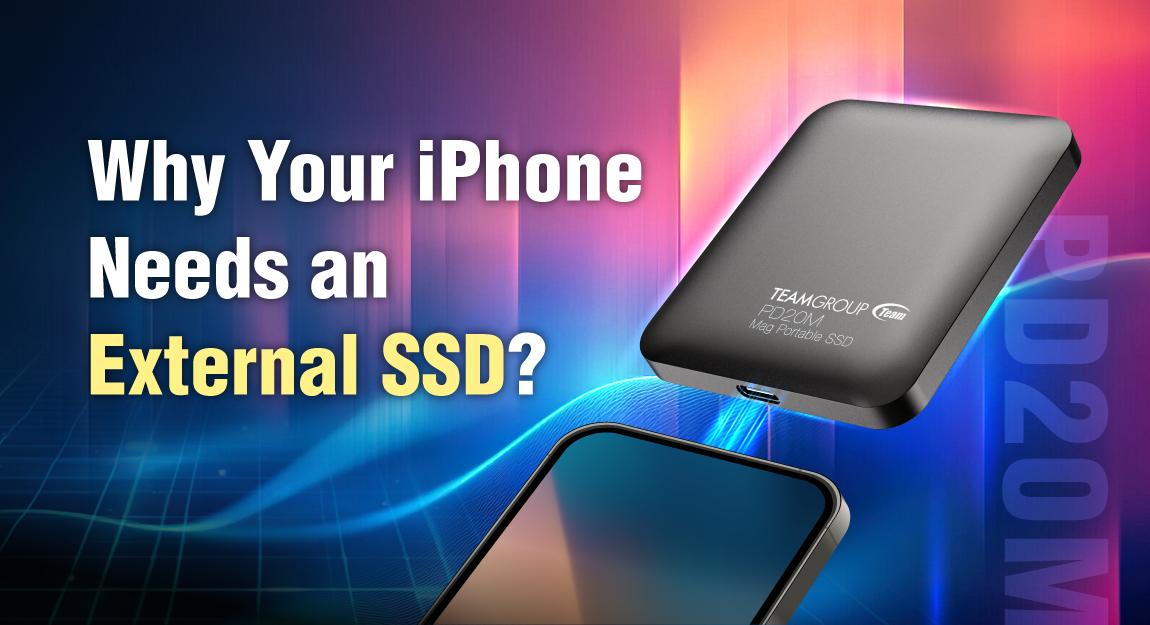USB4: The Future of Connectivity Has Arrived
USB has become a household term, but its significance goes well beyond mere recognition. USB is a critical interface for storage devices. Over the years, we've seen the evolution of USB standards, from the earlier USB 2.0 to the more advanced USB 3.1 and USB 3.2, which cater to the growing demands for speed and efficiency in data transfer.
These specifications are commonly found on product pages for SSDs and USB flash drives (UFD). As data transfer needs grow, so too must the interfaces.
Enter USB4 — the focus of our discussion today. We'll delve into the implications of this new interface and its potential impact on the market.
What's New with USB4?
USB4 brings some exciting advancements:
1. 2X Speed
The theoretical read/write speed of USB4 has doubled, jumping from around 2000 MB/s to roughly 4000 MB/s. This massive increase is essential for handling high-resolution video files and ever-expanding game files, making it a vital upgrade for future applications.
2. Integrated Protocols and Tunneling
One of the most significant changes in USB4 is its ability to integrate multiple signals, such as USB, DisplayPort, and PCI Express. Unlike previous USB versions, where a charging cable only supported charging, USB4 uses a “tunneling” mechanism. This means a single USB4 cable can handle different data types simultaneously by creating separate “tunnels” for them.
Currently, USB4 supports three types of tunnels:
- Data transfer: USB 3.2 tunnel
- Image transmission: DisplayPort 1.4a tunnel
- Optional: PCI Express tunnel
3. Dynamic Bandwidth Allocation
USB4 introduces dynamic bandwidth allocation, which is a game-changer when you’re using multiple devices simultaneously (like an external SSD, a mouse, and a display). But it’s important to remember that data transfer speeds are still dependent on the connected device.
For example, if you're transferring data to an external drive while also displaying video, USB4 can prioritize bandwidth where it’s most needed. This prevents the issue seen in older USB 3.x connections, where bandwidth for different data sources might be split evenly, leading to inefficient performance for both.
4. USB4 and Laptop Connectivity
Speaking of connected devices, it’s worth noting that laptop hardware generally has more limitations regarding supported features. That said, USB4 offers significant improvements for laptops.
USB4 supports the PD (Power Delivery) 3.0 protocol, providing at least 7.5W and up to 100W of power. Looking ahead, the upcoming PD 3.1 version, when paired with a certified USB4 cable, will deliver an impressive 240W of charging power. This higher power delivery will be especially beneficial for high-spec devices with higher power demands, such as gaming laptops.
Why is USB4 a Big Deal?
In short, USB4 isn't just about faster speeds and a new name. Its true power lies in the integration of multiple protocols for data transmission. This allows for far more efficient use of the "tunnel" when connecting various devices, meaning that one USB4 cable can handle data transfer, video output, and power delivery simultaneously.
This greatly simplifies cable management and enhances convenience, eliminating the need for different cables for various functions. With improved performance and simplicity, USB4 is poised to become the new standard interface.
And there you have it. Hopefully, you're now feeling pretty stoked about this next-gen tech!
RELATED Blog
1
9
05.Sep.2025
T-CREATE P34F: The SSD with Apple Find My
11.Jun.2025



